May 24, 2025 | 16:27 GMT +7
May 24, 2025 | 16:27 GMT +7
Hotline: 0913.378.918
May 24, 2025 | 16:27 GMT +7
Hotline: 0913.378.918

Production of the 2021-2022 winter - spring rice crop is estimated to decrease by 11,000 tons.
According to the Southern Regional Hydrometeorology Station, neutral conditions are likely to favor La Nina. There is a 70% of chance neutral conditions will last until the end of 2021.
This is a favorable condition for the whole Southeast region to grow 1.6 million hectares of rice in the 2021-2022 rice crop, an increase of 2,000 compared to the same period last year. Paddy production of the whole region is projected to reach 11,438 million tons of which the Mekong Delta provinces account for 10,962 million tons.
The increase is driven by an additional rice planting area of 1,500 ha (or nearly 2%). According to the Crop Production Department paddy production is expected to be 15,000 tons higher than last year.
In the Mekong Delta, a major rice basket, the total rice planting area in winter-spring crop will be 1.52 million hectares, 400 ha higher than the prior crop. However there is a higher chance of saltwater intrusion than last year, paddy production is projected to reduce by 26,000 tons. Ben Tre province is expected to see the biggest reduction. The province will not sow rice seeds in the winter-spring crop on an estimated area of 11,000 ha. Instead, it has switched to cultivate upland crops which are more suitable to saline soil.
In this winter-spring crop, the Mekong Delta's coastal areas 20-30 kilometers away from the sea are forecasted to be affected by drought and saltwater intrusion. Besides, the freshwater alluvial areas 30-70km away from the sea can be also impacted in case that saltwater intrusion comes earlier and more severe than forecast. However Plain of Reeds inland wetland (Dong Thap Muoi) and a part of Long Xuyen quadrangle will be almost unaffected.
Regarding sowing time. The Crop Production Department recommended the areas affected by saltwater intrusion in the Mekong Delta should sow rice seeds sooner from October 10-30. The rest area will plant rice into two phases: from November 1-30 and from December 1-30. Around 700,000 ha will be cultivated during the phase 1 and another 400,00 ha will be planted during the phase 2.
For the Southeast region, 20,000 ha will be cultivated from October to early November. The main winter-spring rice crop will take place from early November to December on an area of 35,000 ha. While the late rice crop will be planted from the end of December to early January of 2022 on an area of 25,000 ha.
For the winter-spring rice crop taking place in October, rice plant will face disadvantage at flowering stage and lower yield. It's difficult to ensure the harvest schedule in the areas affected by drought and saltwater intrusion. In contrast, the late rice crop will be harvested in January, February or March next year when it's dry and sunny, resulting in stable rice quality. However this crop is only suitable for the areas with available water supplies. The Crop Production Department noted that the late winter-spring rice crop must take place before January 10, 2022.
Regarding rice variety structure. The areas 20-30km away from the sea will be prioritized to cultivate salt-tolerant and short duration rice varieties (90 days). For the rest areas, the high-yield and high-quality rice varieties will be taken on priority. Specifically, the key rice varieties with wider adaptability and stability like OM18, OM5451, OM4900, OM6976, Jasmine 85, Dai Thom 8, Huong Chau 6, OM7347, Nang Hoa 9 account for about 60%.
Specialty rice and sticky rice varieties such as VD20, ST24, ST25, RVT, IR4625 and Be sticky rice account for 30%. Specific rice varietie used for processing mainly, or suitable to certain farming practices account for only 10%.
Regarding input materials. The demand is relatively unchanged compared to last year and can increase locally in some certain times. In particular, the Crop Production Department suggested that localities should pay attention to the sowing in October. The Department estimated this crop needs 30,000-35,000 tons of seed, 30,000-36,000 tons of urea, 27,000-32,000 tons of DAP and 10,000-12,500 tons of potassium
Many provinces and cities in the Southern region have imposed the social distancing measures since July which have affected paddy planting and harvesting. Therefore the Crop Production Department asked localities to calculate the total planting area, rice variety structure and forecast harvest time. The Department will be responsible for gathering data and informing the Food Association and businesses of the information 30 days before harvest. The aim is to make plans for consumption during the Lunar New Year 2022, for domestic consumption and for exports.
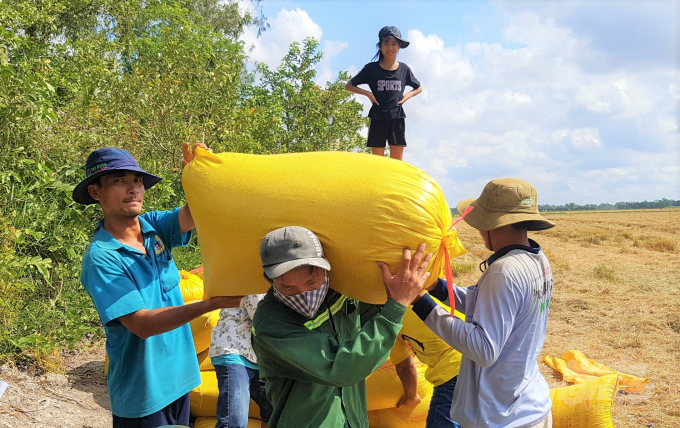
Rice harvest in the Southeast region
Regarding farming techniques, farmers need to flatten the soil surface, digging drainage trenches (Depth:20cm, Width: 20-25 cm), distance between two trenches is 7-10m. After that it's necessary to thoroughly treat straw left from the autumn-winter rice crop, limiting organic poisoning and its impact on winter-spring rice.
To save seeds, reduce fertilizer costs and lower rice prices, the Crop Production Department recommended the density of sowing seed should be 80-100kg of seeds per ha. Additionally, the amount of fertilizers used needs to depend on the demand of the crop. In case of drought and saltwater intrusion farmers need to pump water into the paddy fields when water levels in the river are low, particularly in the flowering stage of rice plant. If fresh water supply is not available farmers can use slightly saline water (below 0.2%) or use freshwater to spray on leaves.
For fruit trees, farmers can proactively use available sources of organic matter such as straw, dry grass and leaves or agricultural film to cover the roots to keep the trees warm, pruning branches and trimming off buds and flowers to reduce evaporation.
For irrigation water, the Department warned farmers not to use water with the salinity of more than 0.1%. For the fruit trees sensitive to the saltwater like durian, rambutant and mangosteen, do not use water with salt content of over 0,05%. During saltwater intrusion, farmers need to water tree at minimum level to prevent them from wilting and keep moisture in the soil. Farmers are also recommended to extend the interval between waterings, reducing the amount of water used.
In cases of saltwater intrusion farmers can supplement potassium sulphate (K2SO4), lime powder with an amount of 5,000-1,000 kg per ha. If drought and saltwater intrusion prolong fertilizers for leaf and other products can be used to stimulate plant resistance. In particular farmers should not grow new crops.
Regarding production organization. The provinces and cities in the Southern region should absolutely comply with the authorities' recommendations on sowing seeds depending on each region and each field. Especially, attention should be made for identification of planthopper warned by the Plant Protection Department.
Many Southern provinces and cities will continue to implement the social distancing measures under Directive 15 and 16 in the near future. Thus, local authorities need to make plans to ensure the growing and harvesting at fields and orchards. Detailed plans for harvesting, transporting and selling fruits should also be made for isolated and blocked areas.
To create favorable conditions for traders to come and buy fruits, the Crop Production Department urged the Southern provinces and cities to support enterprises investing, purchasing, preserving and processing fruits in cold storage, freezing system and producing fruit products
For fruit trees, the Southern provinces and cities need to promote traceability, planting area codes and packing codes. In addition the provinces should push the connection with supermarket systems inside and outside to boost demand, promoting sales via e-commerce platforms.
For industrial crops, farmers are called to stop pepper cultivation expansion, not replanting pepper trees in the areas with old ones or in the areas unsuitable or contaminated. Farmers should regularly clean the fields, collect and treat crop residues to keep spaces open; at the same time increasing investment and application of advanced farming techniques on crop production, promoting production under the standards of 4C, UTZ, and Rainforest.
Translated by Mai Tham
/2025/05/22/5250-1-184853_288.jpg)
(VAN) According to a representative from the Central Retail Vietnam, Vietnamese products such as seafood, sweet potatoes, dragon fruit, coffee, and spices hold great potential in the Thai market.
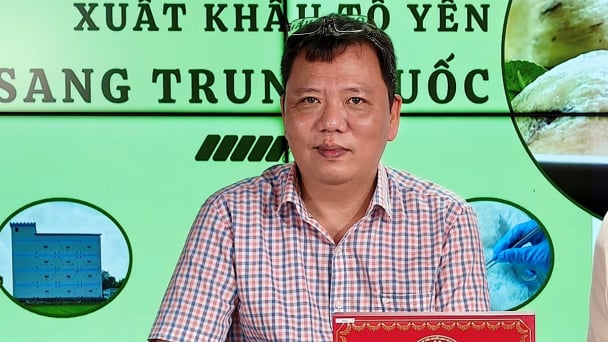
(VAN) A multi-channel, multi-directional strategy only works when the agricultural value chain meets global transparency and SPS standards.
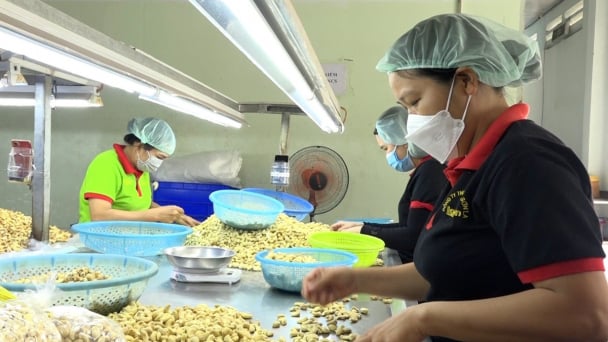
(VAN) Market expansion is a matter of survival for Vietnamese businesses amid fierce competition and global supply chain fluctuations.
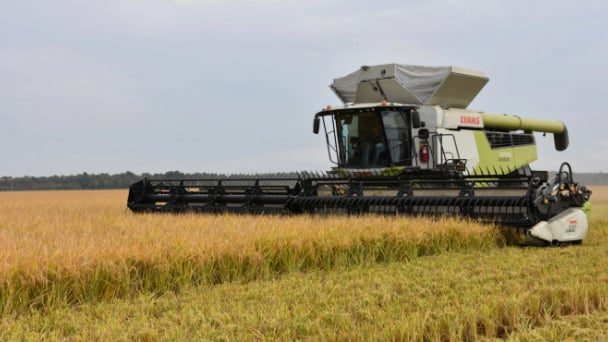
(VAN) Global market prospects for U.S. long-grain rice for the upcoming marketing year.
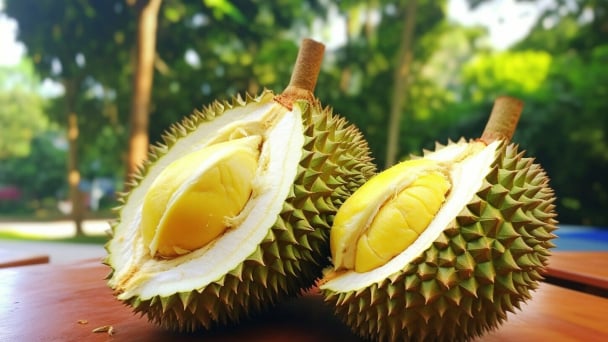
(VAN) China’s General Administration of Customs started permitting fresh durian shipments from Cambodia after a phytosanitary protocol was signed with the Cambodian Ministry of Agriculture in late April.
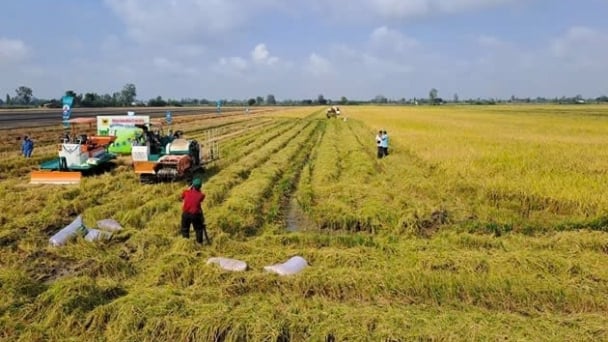
(VAN) To operate carbon market, one of the key issues is determining which types of 'commodities' meet the standards to be traded on the market.
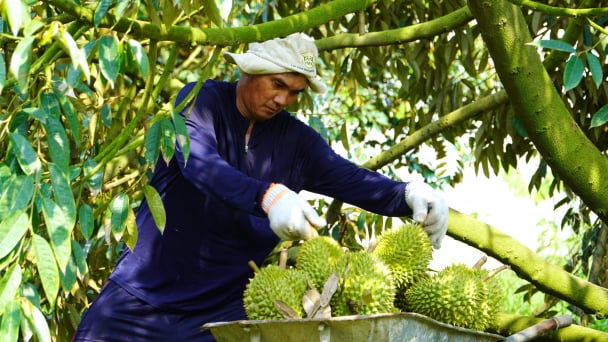
(VAN) Durian-producing localities need to coordinate more effectively with central authorities to improve the traceability, monitoring, and response systems in case of violations.